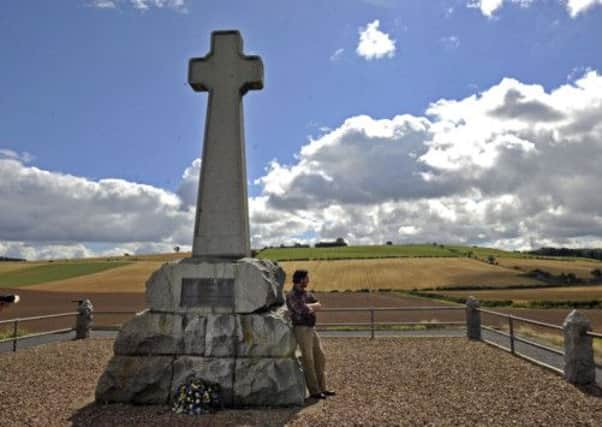Battle to find bodies of Flodden’s fallen men


The soldiers were slain at the Battle of Flodden, fought between Scots and English armies at Branxton, Northumberland, on 9 September, 1513.
Around 14,000 men died, mostly Scots, including the King, James IV, and many of the nobles and bishops who made up the Scottish parliament of the day. While James’ body was taken from the field, the majority of those killed were buried in mass graves by the battleground.
Advertisement
Hide AdAdvertisement
Hide AdNow dozens of trained volunteers are taking part in a project to locate and protect the remains of those killed.
It is hoped the findings can be used to declare the burials war graves and prevent development on the site in future.
The work will target the sites of body pits identified in the late 19th and early 20th centuries, when work was carried out to lay water and drainage pipes.
The location and the state of preservation of each of the remains will be recorded in the hope that government agencies, such as English Heritage, can increase their protection.
Alisdair Bowden, Flodden 1513 project co-ordinator, said: “The current battlefield has a very low level of protection at the moment. It’s a material consideration, so if anyone wants to do any development on the battlefield the planners have to take it into account. What we want to do is establish this is the battlefield, and then have it designated a Scheduled Ancient Monument, which would mean there is a very strong presumption against any development.
“Current estimates are that there were between 12,000 and 14,000 people who died on the battlefield.”